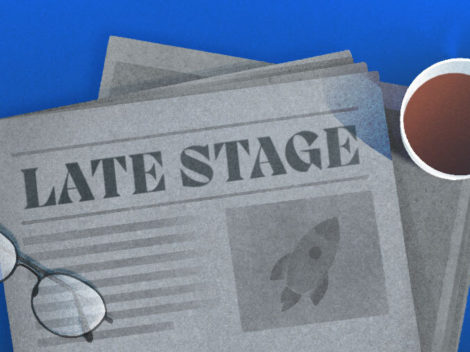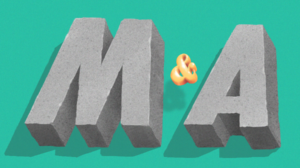Pinterest, a social-sharing focused unicorn, refiled its IPO documents this morning, detailing a proposed IPO price range. The San Francisco-based firm known for letting its quarter-billion monthly active users “pin” content that they like and may want to purchase, is targeting a $15 to $17 per-share price for its debut.
Subscribe to the Crunchbase Daily
With 75 million shares on offer, and an additional 11.25 million in reserve for underwriters Goldman Sachs, JP Morgan Chase and Allen & Co., the offering could raise $1.13 billion to $1.28 billion, or $1.29 billion to $1.46 billion including the extra shares.
The Raise
That’s a big raise for a company with $627.8 million in cash on-hand at the end of its most recently reported period, according to its latest SEC filing. The firm anticipates having north of $1.5 billion in cash on its books following its debut.
Pinterest will have the cash it wants, but it will have to pay a bit more than it likely expected; the firm’s share price is lower than its final privately-set, per-share price. The social giant is going public at a discount to its former value.
Indeed, as TechCrunch’s Ingrid Lunden wrote this morning (it’s early in San Francisco, so let’s allow her to handle the multiplication):
In terms of valuation — if you calculate Class A, Class B, plus options for additional Class B for total shares outstanding totalling 664.84 million shares — this values Pinterest at $10.64 billion in the midrange ($16/share), with the full range being $10 million (at $15/share) and $11.3 billion (at $17/share).
The mid-range figure of $10.6 billion will be the most-quoted this week most likely. Note however that Pinterest’s worth dips when calculated using a non-diluted figure. So if you see a smaller valuation number out there it’s likely not wrong; it’s merely taking a more conservative line on what counts.
No matter the figure, all fall under Pinterest’s final private valuation of $12.2 billion pre-money, and $12.35 billion after the $150 million it raised is added to the mix. This is a down IPO, but one that preserves much of the guesswork that went into the Pinterest valuation when the company’s shares were illiquid.
I’d hazard that Pinterest hopes to raise its price. But why it would be able to is hard to see. At the top-end of its valuation (Lunden’s $11.3 billion figure) is a full 14.9x its 2018 revenue. When the firm releases final Q1 results, we’ll be able to calculate a more-current number that will lower the resulting multiple slightly.
Now, let’s recall what we need to know about Pinterest’s path to today.
Road To Now
Since it was founded a decade ago, Pinterest has raised a total of $1.5 billion. It was last valued at $12.3 billion when it raised $150 million in June 2017. (For a more detailed look at how the company’s valuation has climbed over the years, check out our piece from last summer.) Backers include Jordan Fudge’s Sinai Ventures, Bessemer Venture Partners and SV Angel, among others. It’s acquired over a dozen companies, including search engine Jelly HQ.
The platform has remained popular over time with monthly active users reaching 250 million and 1.5 million businesses using the platform in 2018, according to the company. About half of those users are U.S.-based, indicating that Pinterest still has plenty of potential users to target around the world. Who knew that an app serving as a virtual pinboard to allow people to save their favorite images would explode to this extent?
Q1 Notes
Finally today, a brief look at Pinterest’s Q1 2019, which the firm provided unaudited figures for. This is not an attempt by the company to avoid reporting hard figures; it’s an effort to get as much data into the S-1 as it can, allowing it to go public in a hurry, not waiting for firmer results to come in.

Quickly, Pinterest expects its Q1 2019 revenue to come between $198.9 million and $201.9 million, up sharply from its Q1 2018 result of $131.4 million. The company’s operating loss fell from $55 million in Q1 2018 to between $50.5 million and $47.5 million.
The aggressive revenue ramp may keep investors content, even as the company’s Q1 net loss stays sticky.
Illustration: Li-Anne Dias

Stay up to date with recent funding rounds, acquisitions, and more with the Crunchbase Daily.











67.1K Followers